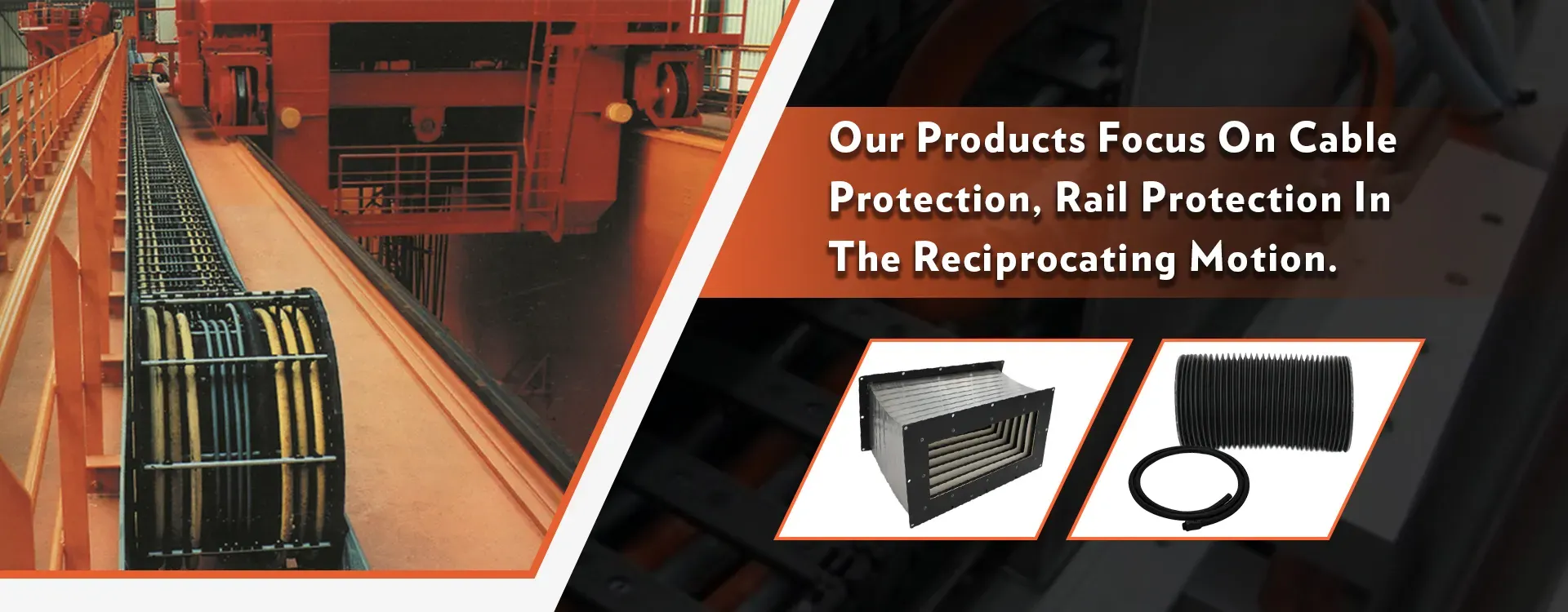Innovative Solutions for Efficient Cable Management and Transportation Systems
The Importance of Cable Carriers in Modern Infrastructure
In today's fast-paced world, effective communication and transportation infrastructure are critical to economic development and social connectivity. Among the various elements that contribute to this infrastructure, cable carriers play an essential role, particularly in industries that rely on the transmission of electrical signals or the transportation of materials. This article will explore the significance of cable carriers, their types, applications, and the advancements that have been made in this field.
Cable carriers, also known as drag chains or cable tracks, are mechanical devices designed to protect, guide, and manage the movement of cables and hoses. They are widely used in various sectors, including manufacturing, robotics, and even in the entertainment industry, where they facilitate the seamless operation of machinery and the safe handling of electrical cables. As technology advances, the demand for efficient cable management systems has increased, making cable carriers indispensable in modern applications.
One of the most prominent applications of cable carriers is in the manufacturing sector, where they provide a reliable means of organizing power cables, data lines, and pneumatic hoses. In automated factories, machinery such as robotic arms requires a multitude of cables to function effectively. Cable carriers help to maintain order by preventing tangles and ensuring each cable moves in harmony with the machinery. This, in turn, reduces wear and tear on the cables, increases the lifespan of equipment, and enhances overall productivity.
In addition to manufacturing, cable carriers are widely used in various installations such as cranes, conveyor systems, and CNC machines. For example, in a crane system, the cable carrier supports the power and control lines that ensure smooth operation during lifting and transporting heavy loads. Without these systems, the chances of cable damage significantly increase, which can lead to costly repairs and downtime.
cable carrier

The entertainment industry also benefits from innovative cable carrier systems. For stage lighting and sound systems, managing numerous cables is essential. Here, cable carriers ensure that cables are neatly organized and easily accessible, contributing to quicker setups and breakdowns during events. This efficiency not only streamlines operations but also enhances safety on the stage where tangled cables can pose a tripping hazard.
Recent advancements in cable carrier technology have introduced new materials and designs that improve their functionality. For instance, lighter and more durable materials like high-performance plastics and aluminum alloys have replaced traditional steel carriers. These materials offer greater resistance to wear and tear, while also reducing the overall weight of the carrier system. Additionally, innovations such as modular designs make it easier to customize cable carriers according to specific needs, ensuring better compatibility with different machinery types.
Furthermore, the growing emphasis on environmental sustainability has led to the development of eco-friendly cable carriers. Manufacturers are focusing on recyclable materials and energy-efficient production processes to minimize their ecological footprint. This shift not only meets regulatory requirements but also aligns with the values of consumers who prioritize sustainable practices.
As industries continue to evolve, the importance of cable carriers will only grow. The increasing complexity of machinery and the need for seamless communication in automated processes underscore the necessity for effective cable management solutions. With ongoing innovations and an expanding market, cable carriers are set to play a pivotal role in shaping the future of infrastructure.
In conclusion, cable carriers are more than just mechanical components; they are essential elements that support the smooth functioning of numerous industries. Their ability to protect, manage, and streamline the movement of cables and hoses enhances productivity, safety, and efficiency. As technology continues to advance, the future of cable carriers looks promising, paving the way for further developments that will undoubtedly transform how we approach infrastructure and communication in our increasingly interconnected world.








